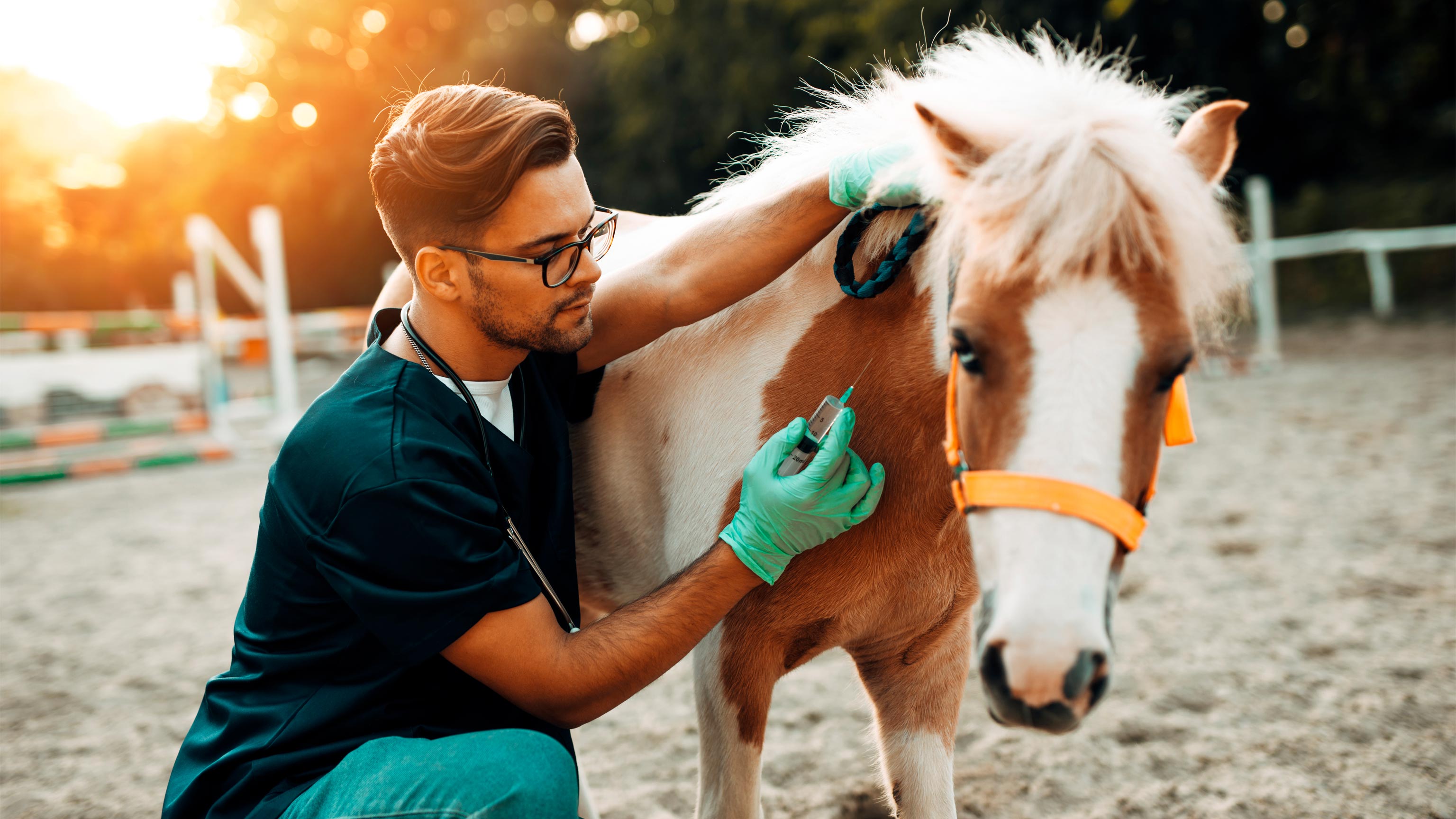What is your desired career in the animal care industry?
The animal care industry covers many sectors and within those sectors, there are a variety of job roles and potential places of employment. Qualifications required for these types of employment will vary depending on the complexity of the position. For example, certain jobs will require a university degree, such as a veterinarian, whereas others may only require a vocational certificate level course or perhaps only relevant on-the-job experience. Many of the qualifications can be found in the Animal Care and Management Training Package which can be viewed on training.gov.au. Other training packages that may relate to more specialised job roles may also be applicable. You may also want to research higher education (university level) qualifications.
Pet Store / Produce Store Attendant
People working in a pet shop or produce store are working in a retail environment. In addition to selling a large variety of different companion animal care products, they may also be required to sell live animals and provide advice on their care. This means a broad base of knowledge is required about the animals and products that are available. If the pet shop sells animals, retail attendants need to know how to safely handle and care for each species and be able to communicate effectively with customers to tell them about dietary requirements, housing, and potential health issues.
Boarding Kennels / Cattery Attendant
Boarding facilities, such as kennels and catteries, employ staff to clean, feed and exercise animals in their care, these staff are referred to as kennel/boarding attendants. A boarding attendant is responsible for ensuring animals are cared for while owners are away from home. Dogs and cats in these situations are often highly stressed and may require personalised care to help them adjust to the boarding environment.
Groomers
Groomers work in grooming parlours, mobile grooming units, and also in some veterinary clinics. Duties may include brushing coats, washing, drying, and clipping/styling. Groomers work mostly with dogs, however, may also be asked to groom other animals such as cats and rabbits. If working from a mobile grooming unit you would need to hold a driver's license and have the appropriate insurance. It would also be important to understand the legislation regarding the disposal of water and chemicals once finished with.
Pet Sitters / Dog Walkers
Pet sitting usually involves a sitter travelling to an owner's house on either a daily basis or staying overnight to look after the pet/s, while the owners are away. A variation of in-house pet sitting is the concept of pet day-care. Pets are left at a pet sitter's house or potentially a commercial facility to be cared for by staff daily, returning to their owner's home each night. Dog walking may or may not be included in the price of pet sitting. Alternatively, dog walking services may be provided daily, especially in large urban environments for busy owners.

This sector is divided into two sections: Firstly, workplaces and agencies that monitor and enforce animal regulations such as registration and quarantine and look after lost and stray animals. Secondly, services that utilise animals as part of other regulatory duties such as the police or military.
Welfare Agencies / Shelters
Animal control officers are employed by the local council or government. Their responsibilities include the capture and restraint of animals wandering (lost and stray) at large and educating the community. Engaging the community and promoting responsible pet ownership as well as increasing awareness of local government laws is a large component of this job. Animal control officers/departments are also required to enforce legislation that pertains to animals in urban areas, including registrations. Animal welfare agencies and rescue shelters look after and re-home stray and seized animals, some of these animals may have been neglected or abused. The RSPCA (Royal Society for the Prevention of Cruelty to Animals) is an example of a national organisation providing this service however individual states / local councils often provide the same services.
Airports / Quarantine Facilities
Airport staff and quarantine officers are required to inspect animals (among other items) to identify potential health concerns which may pose a threat to the bio-security of Australia. Animals arriving from international destinations must undertake a period of quarantine in a designated facility and will be cared for by trained staff in a similar manner to a boarding kennel or cattery, however, quarantine facilities often cater for much larger animals such as horses or other livestock. Animals travelling domestically are not required to undertake quarantine however must be handled with appropriate care during transit and airport staff must be trained on how to ensure the welfare of the animal during the journey.
Law Enforcement / Military
Dogs are often used in law enforcement agencies such as the police and border security for apprehension / attacking, search/rescue, and detection (illicit substances and/or explosives). Dogs are usually trained in one or more of these duties and work closely with a canine handler, who has responsibility for the welfare requirements of the dog as well as supervising its ongoing training and work duties.

Zoos / Wildlife Park Keeper
People who work in zoos and wildlife parks are employed as captive animal attendants, although they are often referred to as wildlife attendants or keepers. Zoos and wildlife parks are sometimes run by a Government department however the majority are privately owned. Often zoos/wildlife parks will work in conjunction with, or provide as an internal service, a wildlife rescue service taking in stray or injured native wildlife. Duties of a captive animal attendant include caring for a variety of animals, often exotic, and meeting their nutritional, behavioural, and environmental needs. Part of the role is to observe animal behaviour and provide environmental enrichment activities to allow them to exhibit natural behaviours and prevent boredom. Education can be another key role in this job, sessions may be provided to the public educating them about animals and conservation.
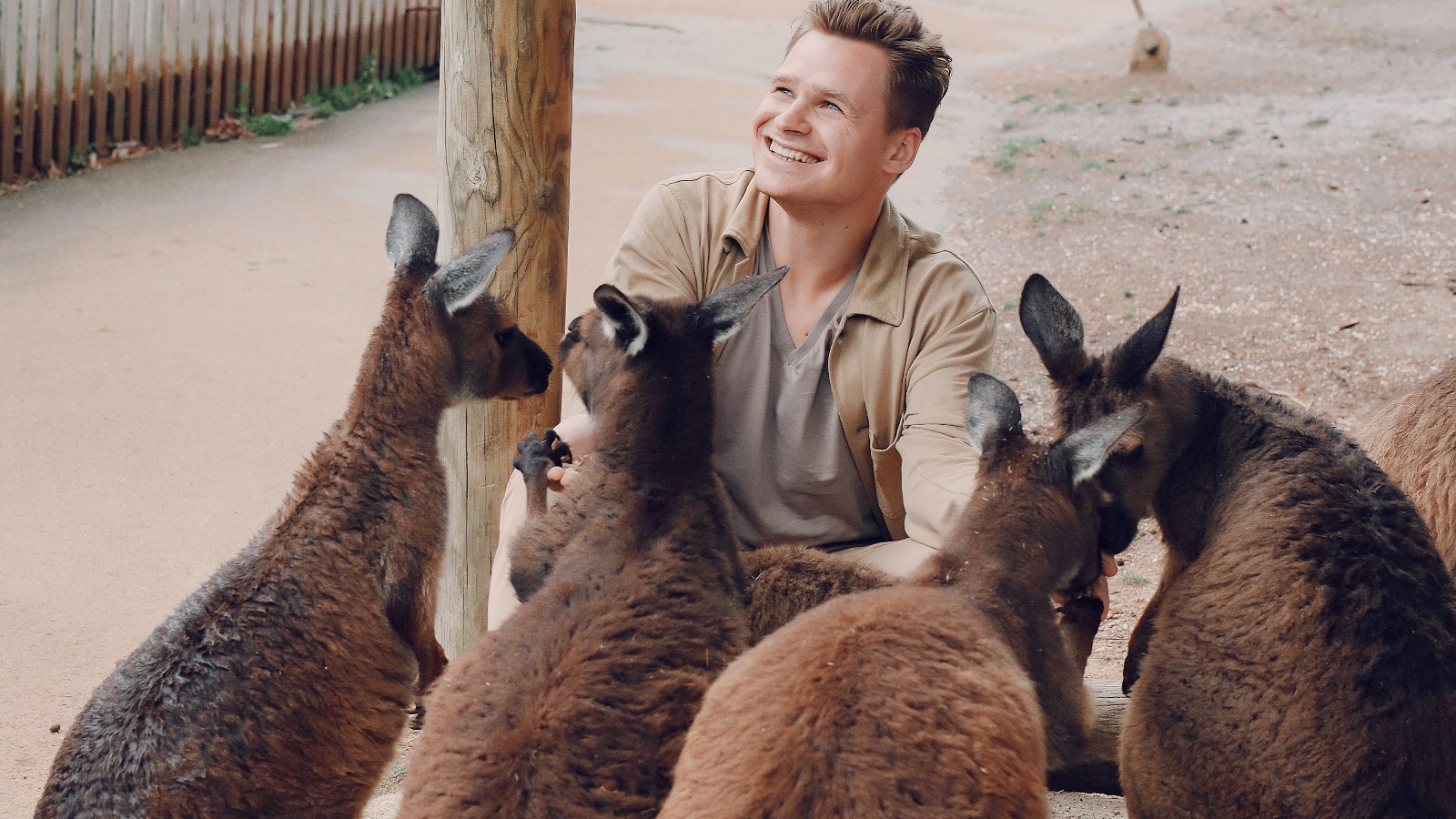
Professional Animal Trainer
Captive animal attendants may also be specialist animal trainers, for example, dolphins and seals at Sea World or animals that appear in movies or on television. Attending to the day-to-day welfare needs of these professional animals is the same as the duties of a captive animal attendant however trainers are also tasked with ethically preparing animals for public performances. Similarly, horse trainers are responsible for preparing racehorses for professional racing. Professional animals may have specialised diets, exercise regimes, grooming needs, and/or instruction in performing tricks on cue. There are specific state laws related to the exhibiting of animals, for example in QLD the Exhibited Animals Act 2015. There are also a variety of industry associations tasked with the regulation of professional animal welfare, for example, Racing Queensland monitors horse and greyhound racing.
Production Animal Handler
Livestock animals are generally raised in agricultural settings (farms) for the provision of milk, meat, eggs, leather, wool, and other commodities.
Job roles include:
- Farmers
- Farmhands
- Shearers
- Abattoir workers
- Livestock transport company drivers
- Stock auction agent
Veterinarians and their staff provide medical assistance and general animal welfare products and services to a variety of animals. Types of practices include:
- urban, small animal clinics treating mainly domesticated animals like dogs and cats
- rural, large animal practitioners treating farm animals
- specialist practices treating animals with specific and/or complex conditions
- emergency hospitals
- educational facilities and zoos/wildlife parks.
The following video was produced in England, thus features some terms/names specific to England, however, it provides a good overview of a veterinary career.
Job roles in veterinary clinics include:
- Veterinarians - They are university-educated professionals who are often the legal owner of the practice and thus ultimately responsible for animal welfare.
- Veterinary Nurses - Usually vocationally trained and competent to undertake high standards of patient care and client advice and will assist veterinarians during examinations and operations.
- Animal Attendants - Duties include feeding/watering, maintaining hygiene, and providing socialisation/exercise when required. They may assist with some procedures and tasks related to the provision of animal healthcare.
- Receptionists - Provide a front-of-house experience for clients and patients. They will schedule appointments, process admissions, and discharges, process financial transactions, maintain records and potentially sell retail items.
This sector work in the care and rehabilitation of Australian wildlife. Injured wildlife is often found or reported by members of the public.
Wildlife organisations take in or foster out stray or injured native wildlife. Duties will include caring for a variety of animals and meeting their nutritional, behavioural, and environmental needs with the ultimate goal of releasing the animal back into the wild when it has recovered. Each state/territory has its own wildlife rescue organisation/s for example WIRES (Wildlife Information Rescue and Education Service) in NSW.
Check out the WIRES website below for more information on what they do and how to get involved!
WIRES Australian Wildlife Rescue Organisation
Some examples of wildlife/native animals that may come in include but are not limited to:
- Birds
- Native: Lorikeets
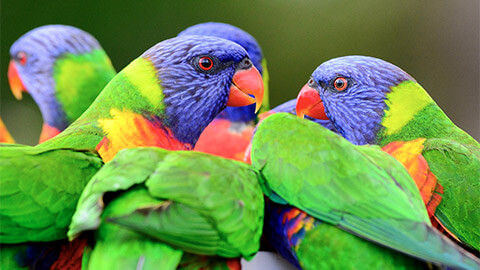
- Wild non-native: Ibis
- Native: Lorikeets
- Ringtail possum

- Reptiles
- Lizards
- Snakes
- Kangaroos or joeys
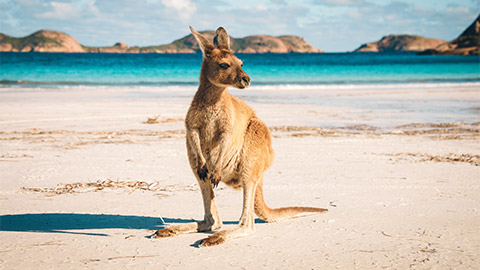
- Echidnas
- Koalas
- Black cockatoo
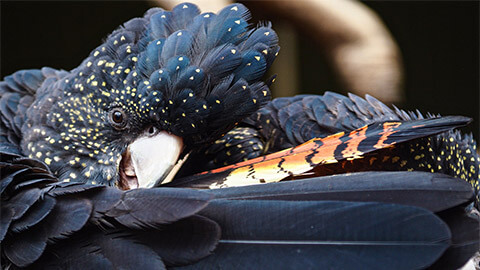
Some wildlife that comes into the workplace, especially by members of the public, may be declared pests. These include but are not limited to:
- Fox
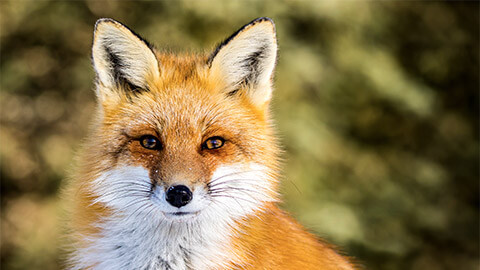
- Common starling
- Common Myna

- Ibis
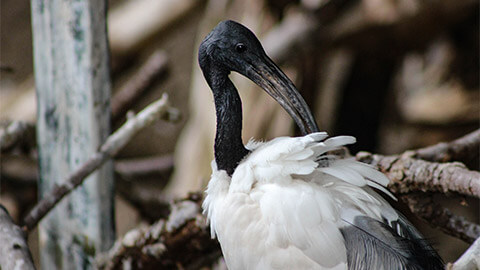
- Rabbits (Queensland only)
Animal house attendants and animal technicians are employed by research facilities to care for animals in a laboratory setting and support scientific research work and the associated staff conducting the studies. Duties include breeding and care of research animals, cleaning and disinfecting cages, holding pens and other equipment. Often these tasks have to be performed according to specific research requirements.
Entry requirements of this type of position are normally a vocational certificate, for example, the one you are studying now. You will be working alongside colleagues who are university educated, such as research scientists.
Animals used in this sector help with the development of new surgical procedures and medical advances, such as programs for cancer research, however, this role can be quite distressing as animals are scientifically studied and do become ill as part of some treatments. Humane euthanasia is also part of the role of an animal house attendant/animal technician.
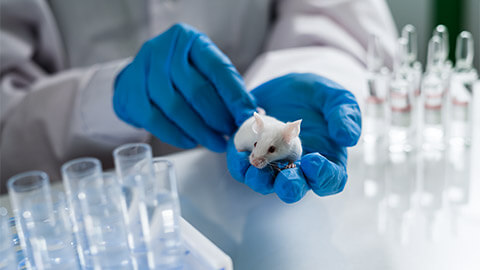
Each of the animal care industry sectors involves an element of interaction with other industries and their representatives. Common examples include Equipment manufacturers; Produce suppliers; Medical supply companies; Transport companies (couriers and also livestock transportation) and Government agencies. Animal care industry workers must know about the relevant stakeholders related to their particular sector and place of employment so they can seek information and procure products and services. Individual workplaces will often have a pre-existing network of approved stakeholders that they work with.
